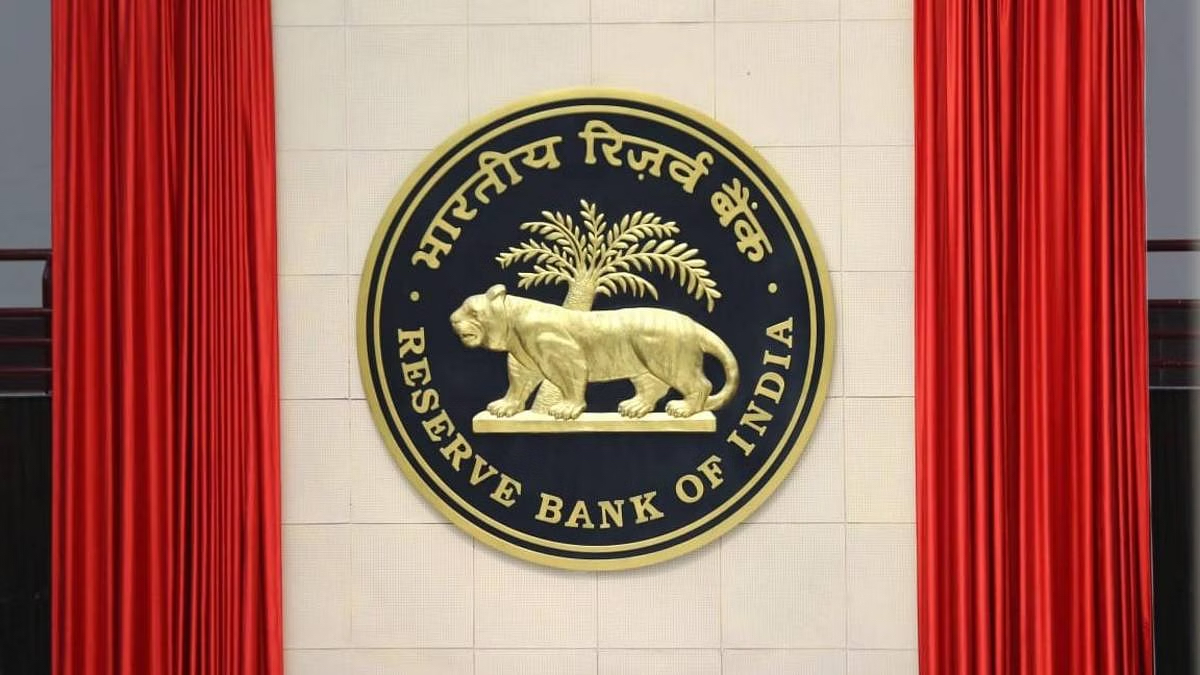Actual outcomes may surprise; India Inc profits remain healthy despite many challenges, it says
Mumbai, NFAPost: Days after the International Monetary Fund (IMF) cut India’s gross domestic product (GDP) growth forecast for the current financial year (FY24) to 5.9 per cent from 6.1 per cent earlier, a Reserve Bank of India (RBI) report said on Friday that the multilateral body might “encounter forecast error” as there could be positive surprises on the growth front.
The State of the Economy report for April, authored by RBI staffers, including Deputy Governor in charge of monetary policy Michael Debabrata Patra, also said India Inc’s profits had moderated after a robust 2021-22, but remained healthy despite multiple challenges. “This might provide a fillip for the much-awaited revival in the corporate capex cycle in 2023-24. Signs of an upturn are becoming evident in industries such as cement, steel, oil and gas, textiles and data centres, to name a few early birds,” it said.
The article said multilateral institutions downgraded their earlier forecasts citing “slower consumption growth and challenging external conditions” besides upward revisions of GDP data of past years. “Although too early to tell, most recent data arrivals suggest that multilateral institutions – the IMF, in particular – might encounter forecast errors, with actual outcomes surprising them positively,” it said.
The report noted that the downcasting of growth for India was in line with the lowering of global growth projections as well as those for emerging markets and developing economies.
“Yet, India is expected to be among the fastest growing major economies of the world, accounting for 15 per cent of global growth — the second-largest contribution, and higher than that of the US and the EU put together”, the RBI report said.
The RBI maintained that the views expressed in the article were those of the authors and did not represent the views of the central bank.
The RBI in its April review of monetary policy revised the FY24 GDP forecast upward, to 6.5 per cent from 6.4 per cent, due to a downward revision in its assumption of global crude oil prices. The monetary policy committee kept the interest rate unchanged in the recent meeting – after raising the rates by 250 bps between May 2022 and February 2023 – but refused to lower its guard against inflation.
The report observed that aggregate demand conditions in India remained resilient with urban consumption demand rising robustly, with the rebound in contact-intensive services providing a strong upside. On the other hand, rural demand conditions are improving steadily, brightened by the expectations of a bumper rabi harvest, it noted. “Damage to standing crops due to unseasonal rains and hailstorms appears contained,” it said.
The report highlighted the downside risk of El Nino conditions but said the Indian Ocean Dipole (IOD), which is the difference in sea surface temperature between the western pole in the Arabian Sea and an eastern pole south of Indonesia, is currently neutral and forecast to turn positive. “Its influence on rainfall variability in the region is likely to be beneficial for south-west monsoon (SWM) precipitation,” it said.
The report pointed out buoyancy in investment activity, fiscal thrust on infrastructure spending, and revival in corporate investment in certain key sectors. “The total flow of resources to the commercial sector, including bank credit, has increased by 37 per cent up to March 2023,” it said, adding merchandise exports had risen by 6 per cent in 2022-23 and services exports were booming.
“Taking all these factors into consideration the risks are evenly balanced around real GDP growth for 2023-24 at 6.5 per cent as projected by the monetary policy committee (MPC) of the Reserve Bank of India (RBI). Even if El Nino impacts value added in agriculture, real GDP growth in India would be well above 5.9 per cent projected in the IMF’s WEO,” the report said.
Citing the RBI’s industry monitoring group’s (IMG) semi-annual survey, the report said corporate sales were recording double-digit growth across several categories, especially consumer durables, aided by increased sales in premium products. The report said the e-commerce market, estimated at $100 billion in 2022, was poised for robust growth in 2023.
On the micro, small and medium industries, the report observed that the sector was on a path of recovery, with revenues likely to cross pre-pandemic levels in 2023-24, except for export-oriented sectors affected by global headwinds.
Noting that there were more credit rating upgrades than downgrades, the report said credit ratings had appreciably improved for real estate, followed by finance companies, power, textiles and engineering.
There was a note of caution for credit card and unsecured loans, as the report pointed to increasing delinquencies in such loans.
“Credit growth remains resilient with rising inquiry levels, although some moderation has set in more recently. Delinquencies are reducing in the 90+ days past due bracket across all categories of consumer credit, barring credit cards and education loans,” the report said.
State of the economy
- Risks are evenly balanced around real GDP growth for FY24 at 6.5%
- India is expected to be among the fastest-growing major economies, accounting for 15% of global growth
- Signs of upturn becoming evident in industries such as cement, steel, oil and gas, textiles
- Aggregate demand conditions remain resilient with urban consumption demand rising robustly; rural demand conditions improving steadily





